Back to blog
What is an IPFS Pinning Service?
Uploading files to Google Drive or Amazon web services is pretty straightforward. Most of the time you just drag, drop, and once the file is uploaded, you can take that link and share it as needed. But with IPFS, the process is a bit different—unless you use an IPFS pinning service. If you care about security, cost-effectiveness and reliability as a web3 builder, teaming up with an IPFS pinning service will be one of the best things you can do.
In this post we’ll cover what IPFS is, explain what an IPFS pinning service is and how it will help you manage and distribute your content on the blockchain.
What is IPFS?
IPFS is a web protocol that allows users to store and share files in a decentralized and distributed way. Unlike the traditional HTTP protocol, which relies on a centralized server, IPFS uses a network of nodes to store and distribute content. Uploading a file to IPFS is known as pinning, which means pinning your content to an IPFS node.
It’s like this: rather than having one central post office in the middle of the city where everything must pass through before reaching its destination, IPFS is like a network of local post offices that can move mail faster, more efficiently, and with less risk. If something happens to that one centralized post office, everything fails. Not the case with a decentralized network.
Aside from the decentralized nature of IPFS, the big shift is how it retrieves content. IPFS allows us to retrieve content based on what the content is, not where the content is.
Do NFTs need IPFS?
While NFTs can benefit from IPFS, the use case of IPFS goes a bit deeper. IPFS can be used to store any type of file—images, videos, apps, even entire websites. So yes, NFTs need IPFS. Marketplaces like OpenSea and NBA Top Shot use IPFS to power their entire setup. But any project that needs to store and distribute content at scale can benefit from using IPFS, not just NFTs.
What does an IPFS pinning service do?
An IPFS pinning service acts as a liaison between the IPFS protocol and a user-friendly interface that lets you pin or upload files as you would any other storage service. You get all the benefits of hosting your content on the protocol while still having the easy process of uploading it.
Without a pinning service, you would need to host your own nodes and have a lot of computing power and a large amount of developer resources to manage the whole process.
Reliable IPFS pinning services are highly connected to other nodes in the IPFS network, meaning that they have a better chance of quickly finding and retrieving data than you would running your own nodes. Plus, a good IPFS pinning service has nodes that are always online so users can access your content anywhere at any time, regardless of device.
So rather than figuring out how to use IPFS, you can simply use a service that has an intuitive interface that needs very little explanation. If you can use Google Drive, you can use an IPFS pinning service.
How do I use an IPFS pinning service?
While all IPFS pinning services ultimately connect you to IPFS, the platforms themselves can differ in a few ways. Pinata is an IPFS pinning service with an easy-to-use interface, similar to what you’re used to with Google Drive.
Using Pinata is very simple. After you create an account from the Pinata home page, you’ll be taken to your dashboard. From there, you simply like “+ Add File” in the upper right hand corner.
You can upload individual files, folders, or upload files by CID. But with Pinata, pinning your file is only where it starts! Once your file is pinned, you can edit it, rename it, and share it directly to social. You can also combine the web app dashboard with Pinata’s API so you can have more control over how you use your files.
How do I add metadata to IPFS?
A lot of bigger web3 projects like marketplaces and NFT collections store their metadata on IPFS rather than the data itself. This allows a big cost reduction in storage costs while still providing users with access to important information about the data.
Adding metadata to IPFS with Pinata is the same process as any other file, except rather than choosing an individual file or folder to upload, you simply upload by CID. A CID (content identifier) is a unique identifier used by IPFS to identify and locate content stored on the IPFS network.
And there you have it! That’s all you need to know about IPFS pinning services. If you’re ready to start pinning files to IPFS, Pinata has a plan for builders at every stage. Happy pinning!

